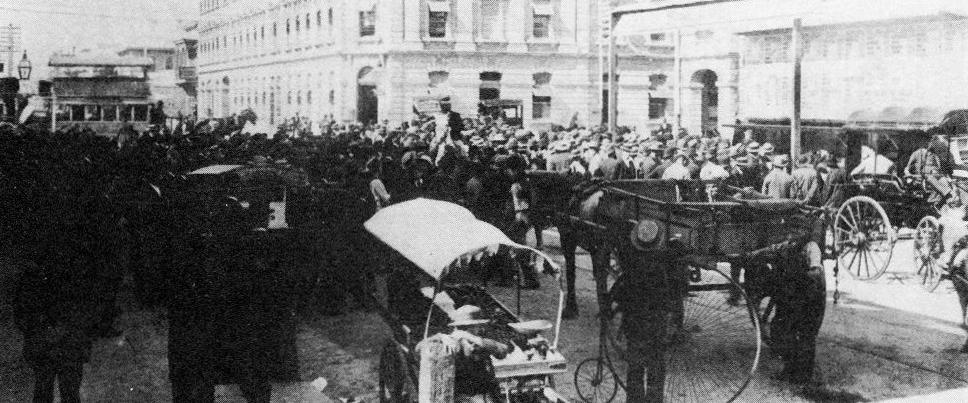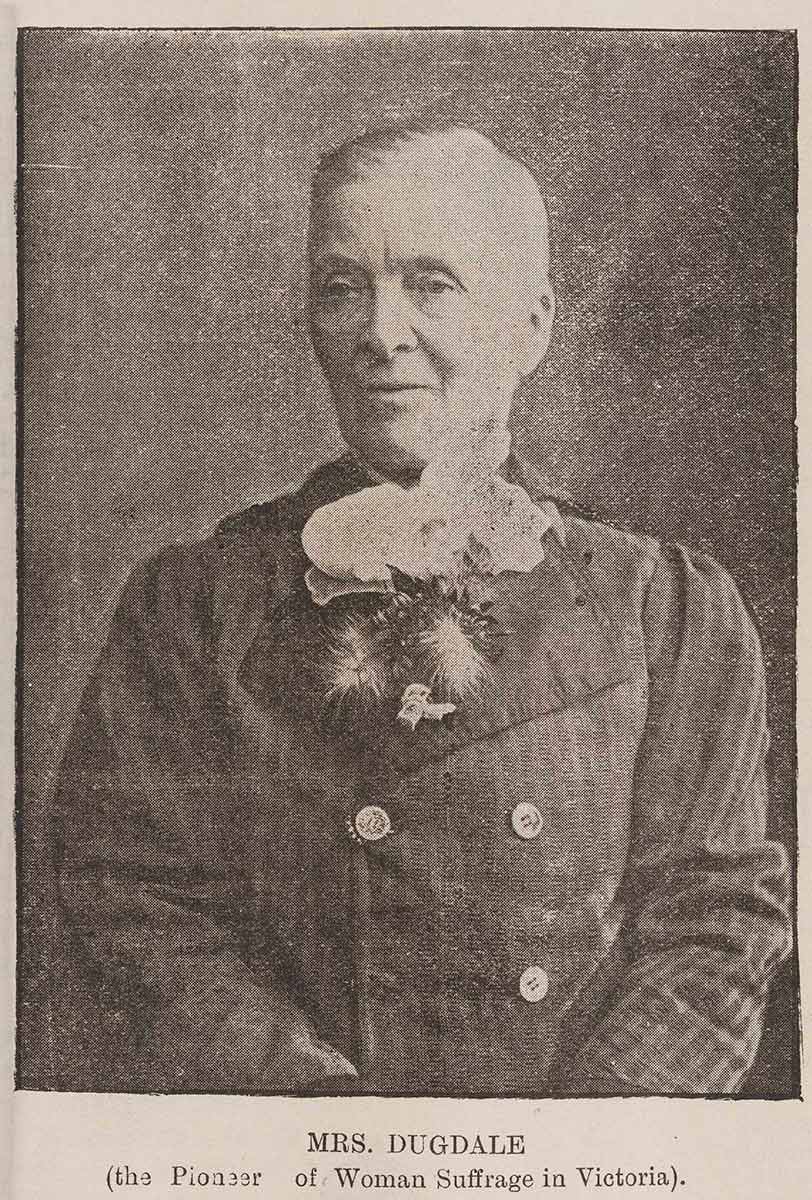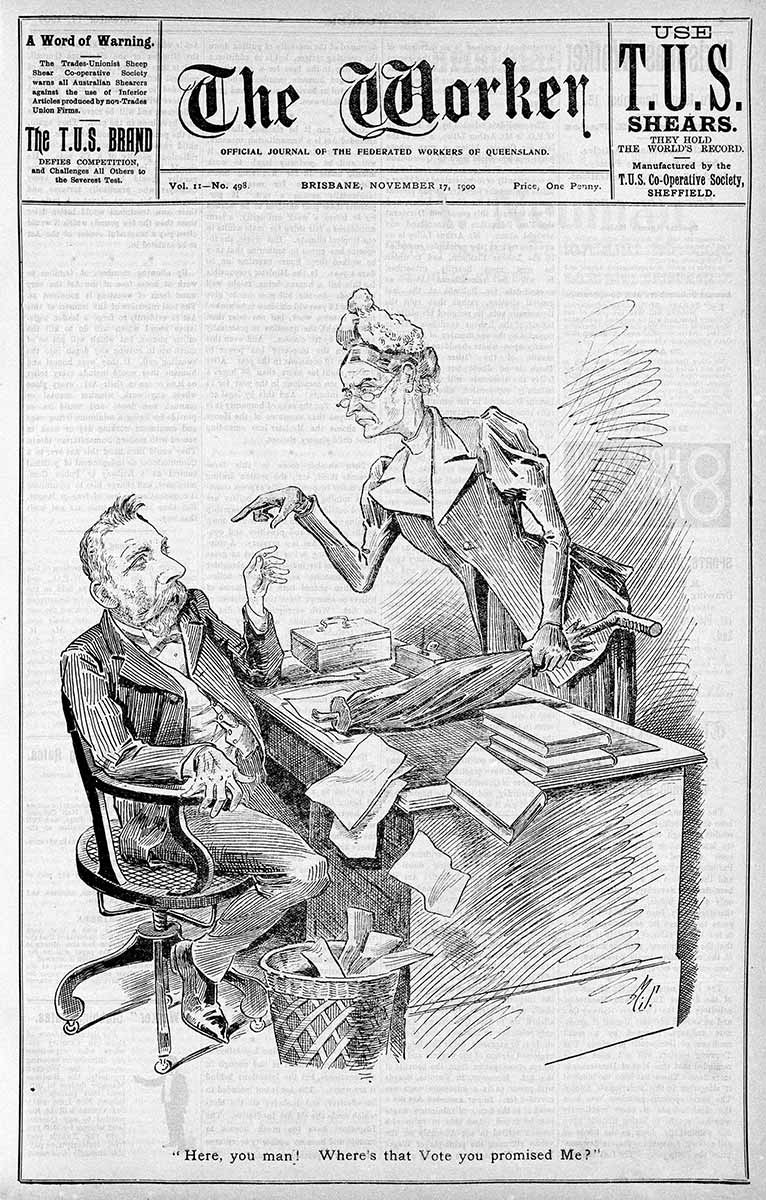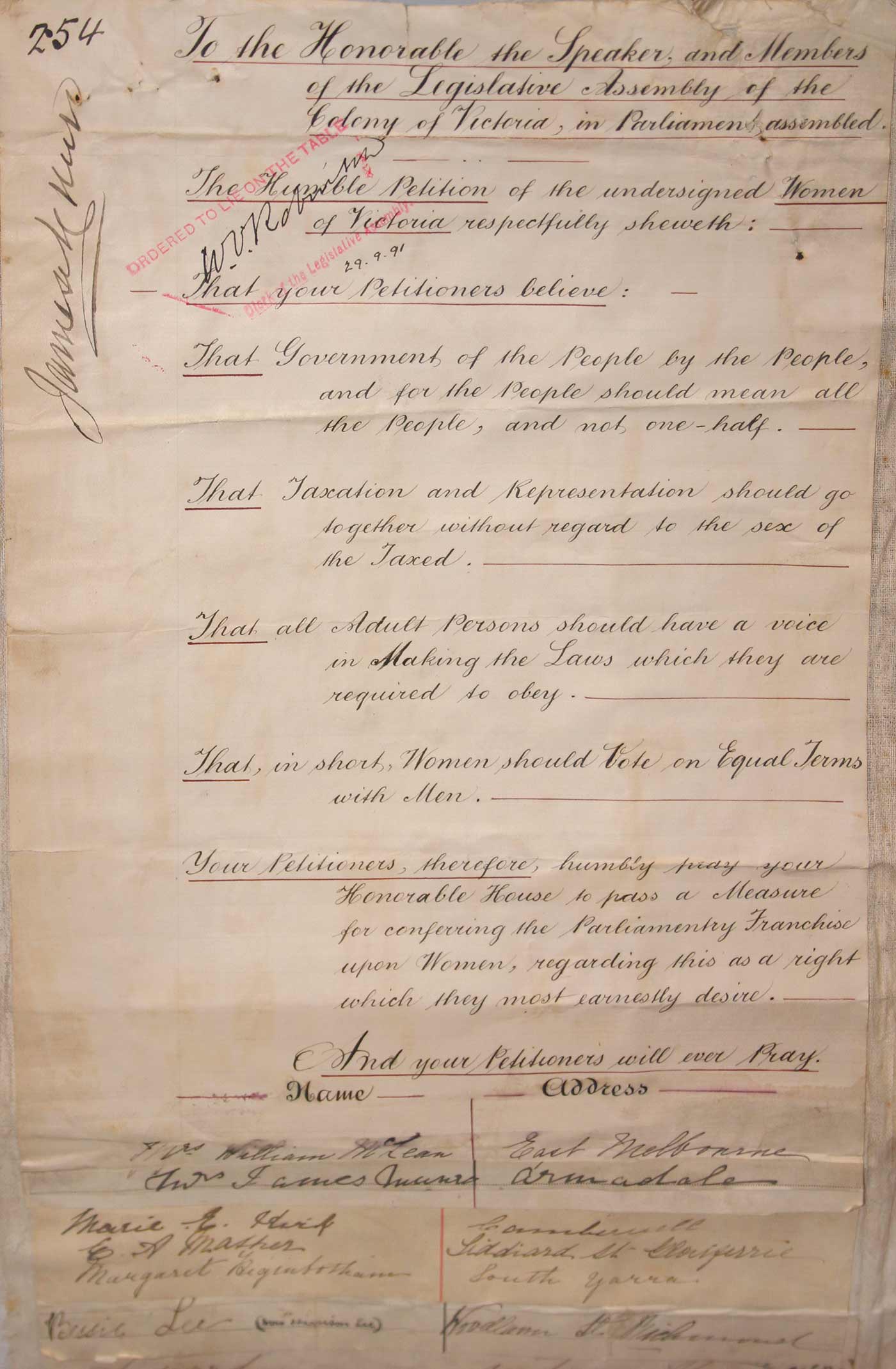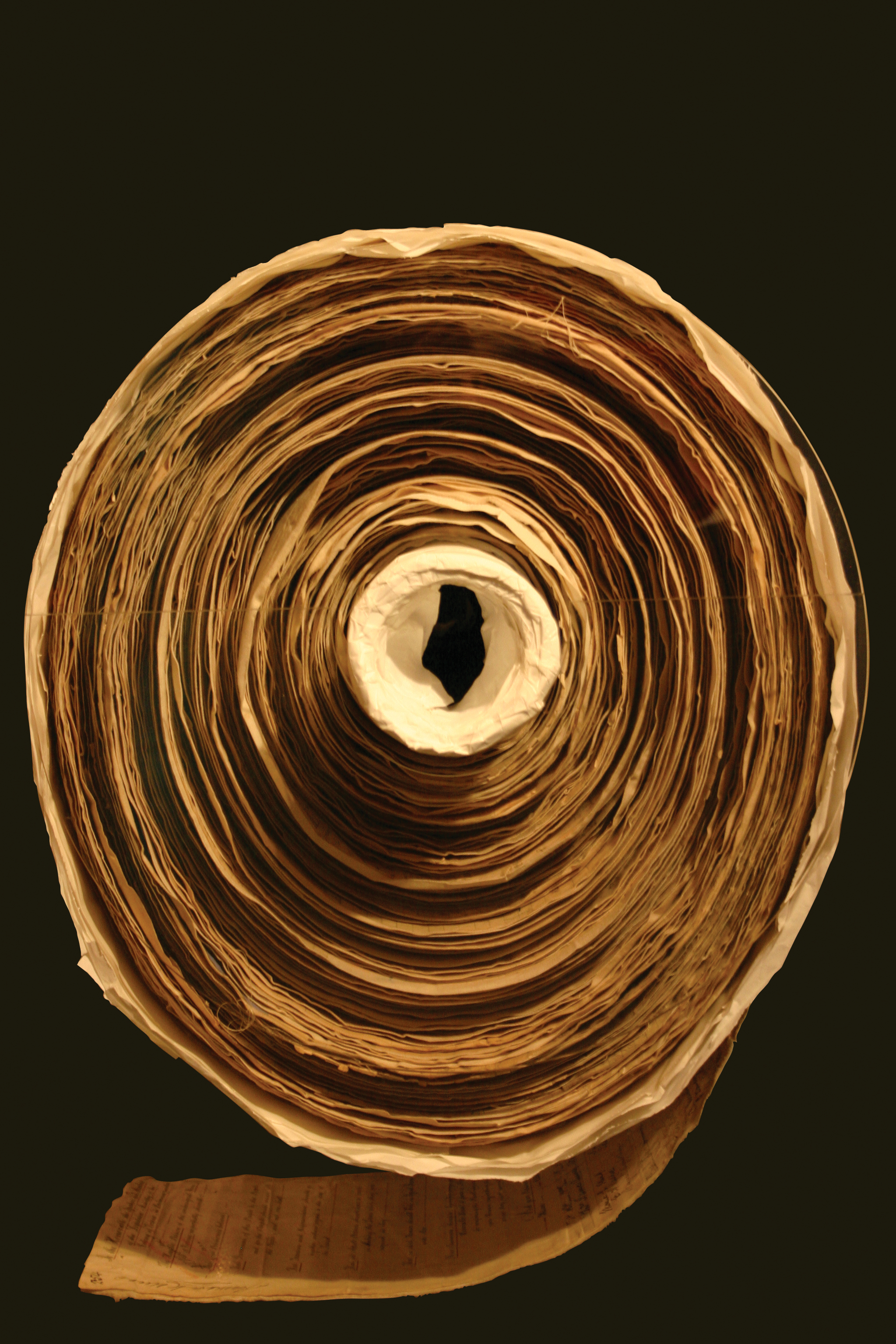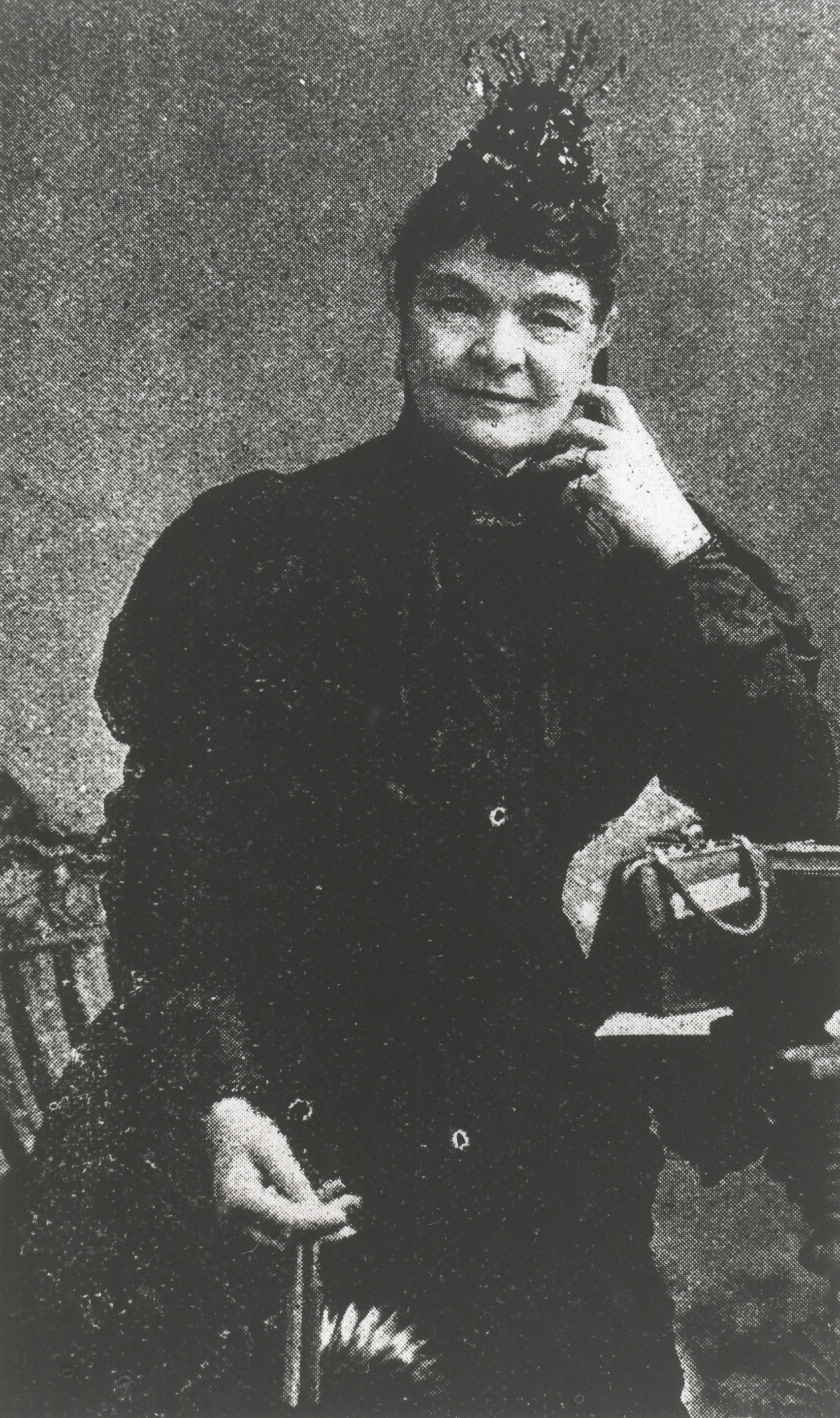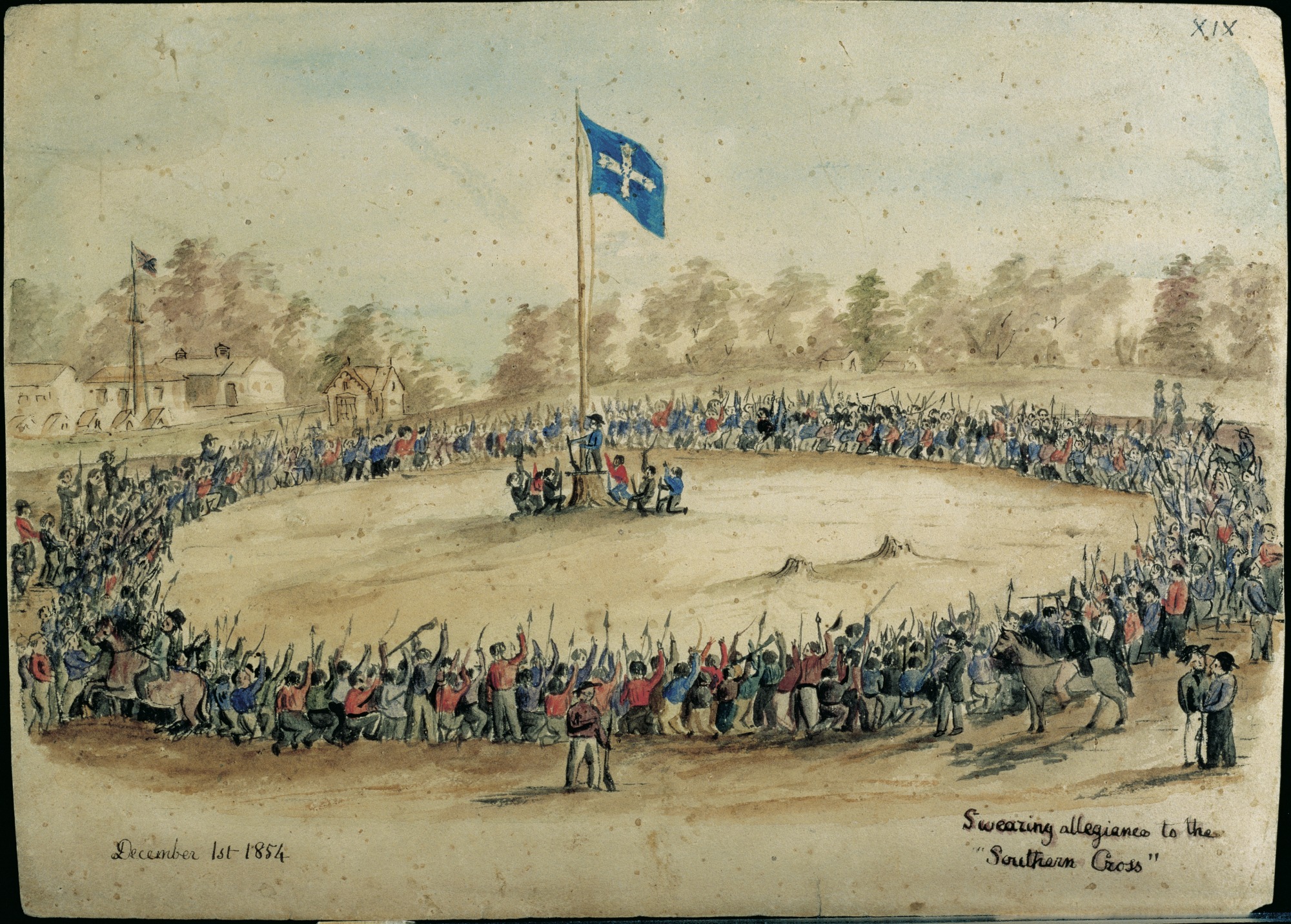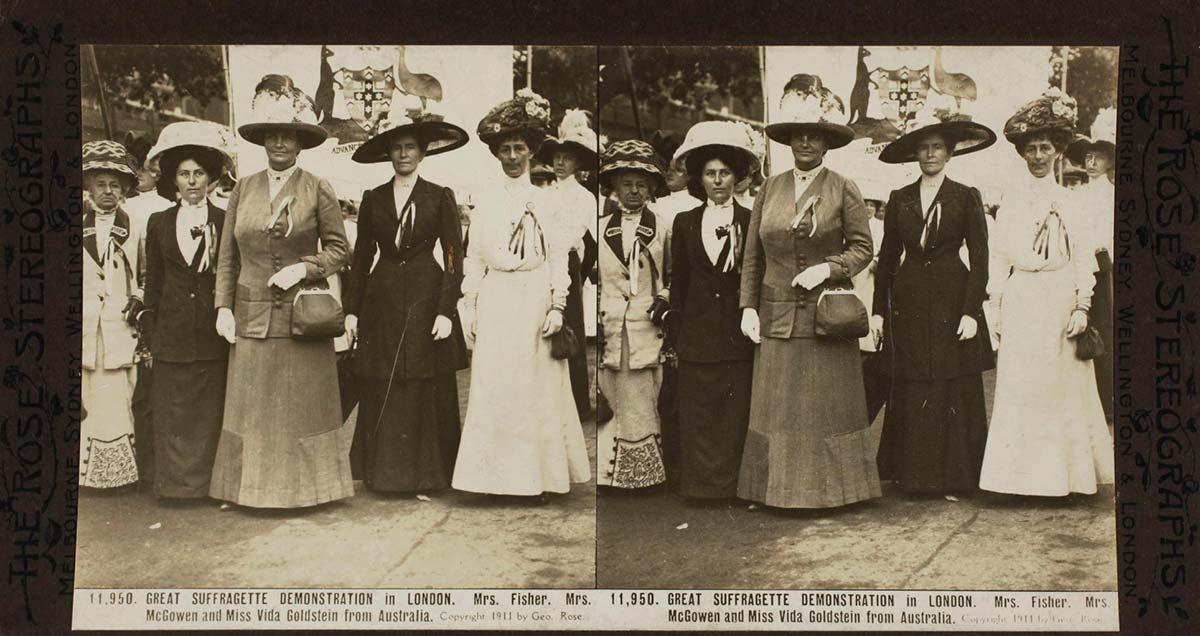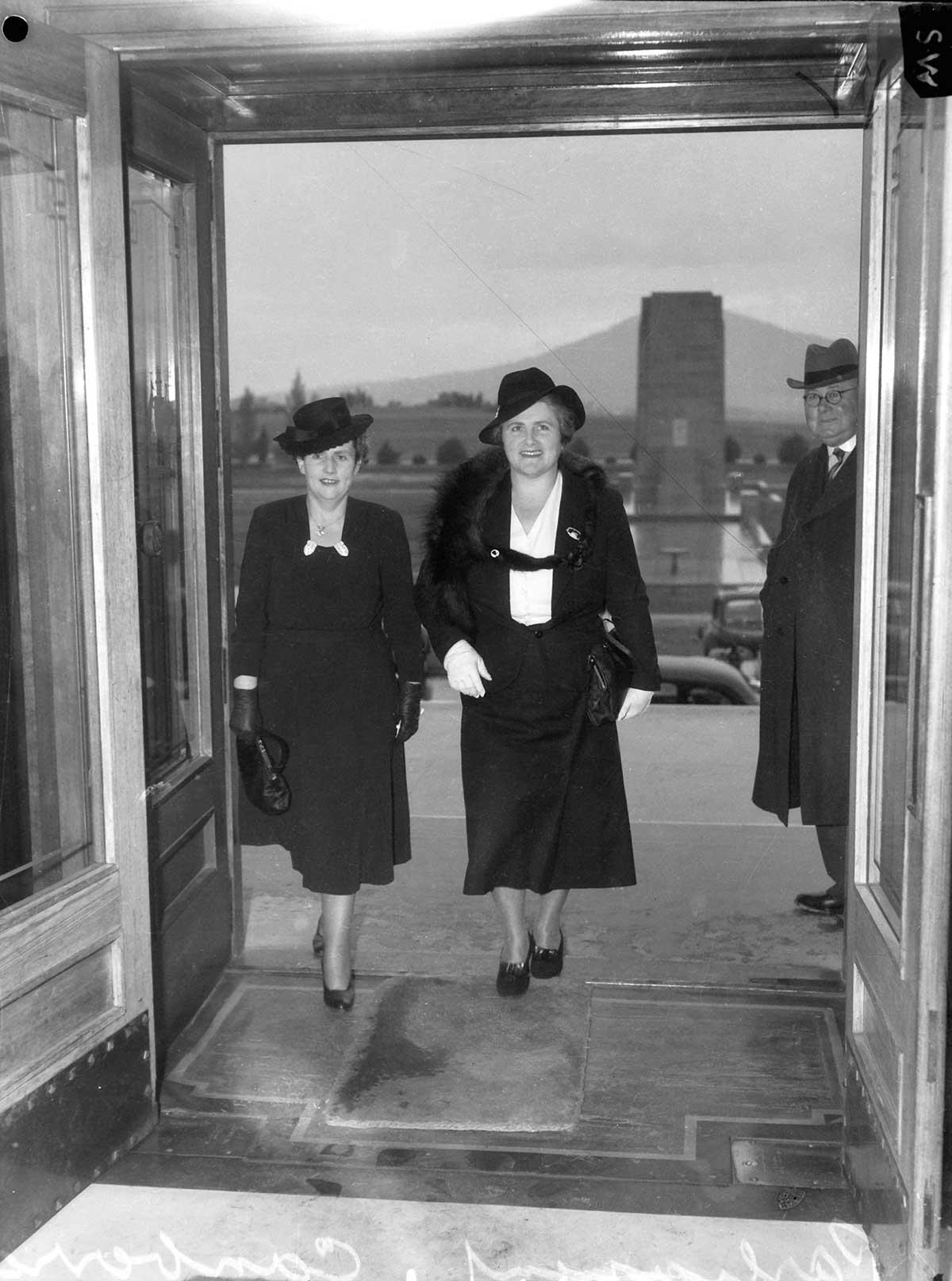A world first for women
1894: Women granted the right to vote in South Australia
A world first for women
1894: Women granted the right to vote in South Australia
In a snapshot
On 18 December 1894 the South Australian Parliament passed the Constitutional Amendment (Adult Suffrage) Act. It was the result of a decade of struggle, and finally gave women in South Australia the right to vote and the right to stand for election to parliament. South Australia was the first electorate in the world to give equal political rights to both men and women.
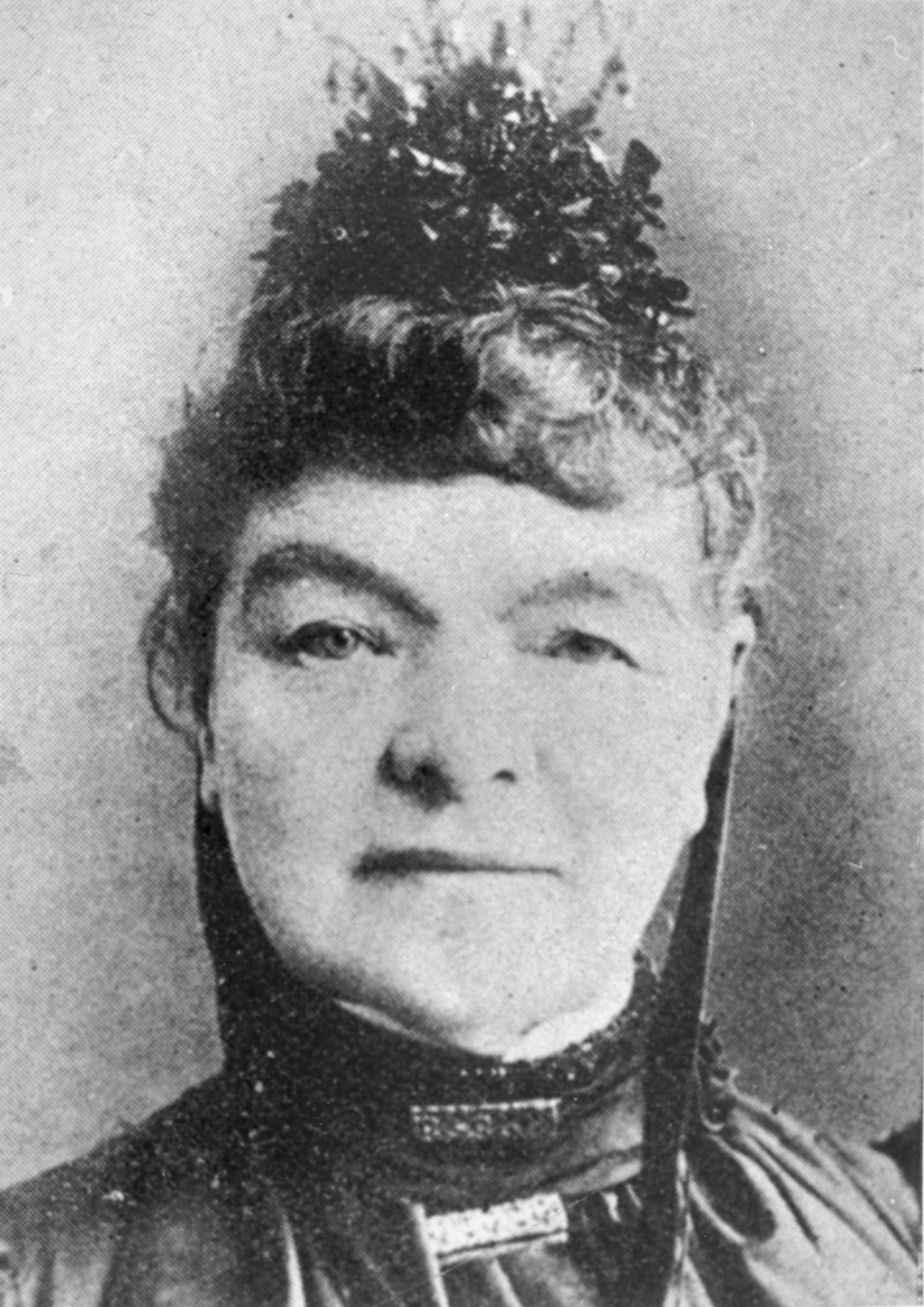
 Can you find out?
Can you find out?
1. What legal rights were women denied for much of the 1800s?
2. What was the Women’s Suffrage League, and why was it important?
3. What did the 1894 Act allow women to do for the first time and what was ground-breaking about it?
How were women treated in the 1800s?
In the 1800s Australian women had very few legal rights. Most women did not have the right to vote, and employers did not have to pay women the same wages that they paid men. Many people believed that women should look after the home and children, rather than be a part of the workforce.
When they got married women lost most of the rights they did have. All property they owned and the wages they earned became the property of their husband. Also, husbands were the legal guardians of children in a marriage, and they had the right to take the children away from their mother at any time. Before the 1870s women did not have the right to apply for a divorce.
But attitudes to women were slowly changing. In 1861 South Australian women who owned land or a house were given the right to vote. Women were also given more access to education.
Research Task
Do some research to find out when the first women were elected to the South Australian Parliament.
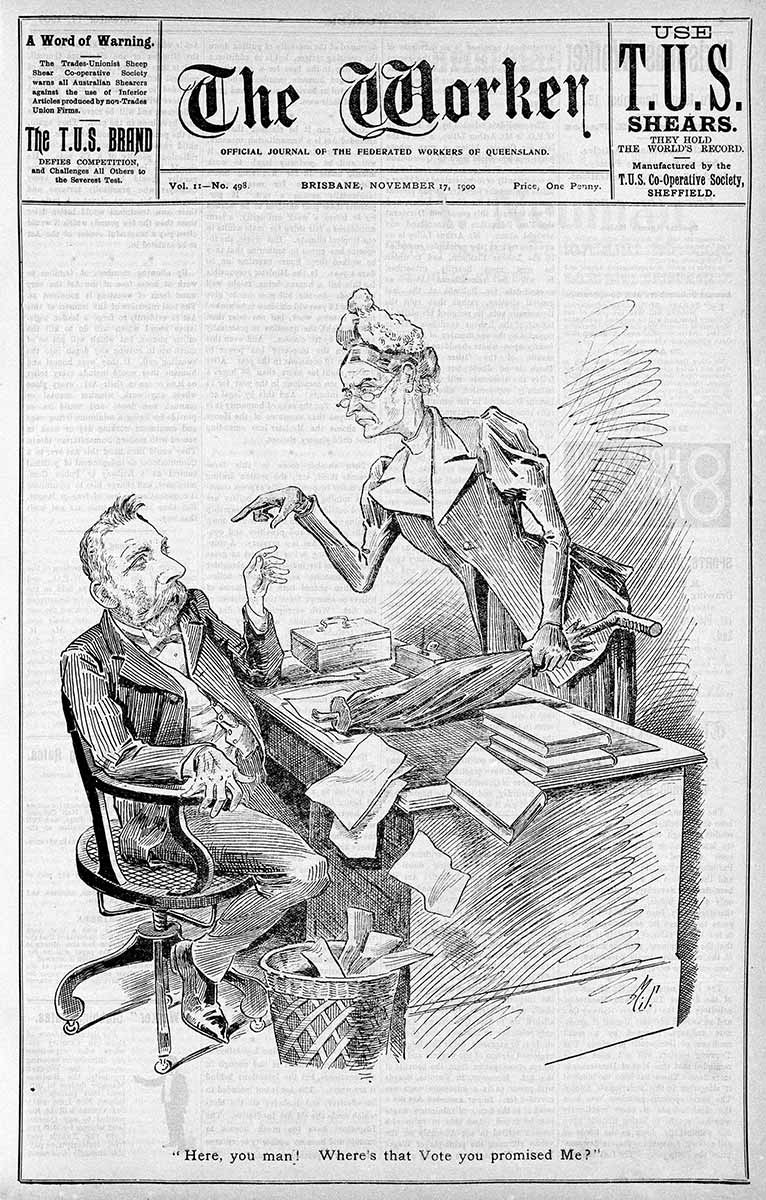
Why did women demand the right to vote?
Women believed that, if they were granted the right to vote, they could elect people to parliament who wanted to make the lives of women and children better. Women began to speak out against gender inequality, and they campaigned for the right to vote.
In South Australia, the most powerful group campaigning for the right to vote was the Women’s Suffrage League. The League was set up in 1888 by the suffragists Mary Lee and Mary Colton. Suffragists wrote letters to newspapers, gave public speeches and held marches to raise awareness of their cause. They also visited parliament and discussed their ideas with politicians.
11,600 men and women signed a petition asking the South Australian Parliament to give women the right to vote. The huge number of signatures meant that the petition was 122 metres long. It is the longest petition that has ever been presented to the South Australian Parliament.
When did South Australian women win the vote?
In 1894 the Labor government in South Australia introduced the Constitutional Amendment (Adult Suffrage) Bill into parliament. The Bill proposed that women have both the right to vote and the right to stand for election. Although many politicians still opposed women’s voting rights, the Bill eventually passed. The Bill officially became law in 1895 when it was signed by Queen Victoria. The new laws meant that all citizens of South Australia could vote, including Indigenous men and women.
South Australian women were the first in the world to be given both the right to vote and to stand for election in parliament.
Read a longer version of this Defining Moment on the National Museum of Australia’s website.
 What did you learn?
What did you learn?
1. What legal rights were women denied for much of the 1800s?
2. What was the Women’s Suffrage League, and why was it important?
3. What did the 1894 Act allow women to do for the first time and what was ground-breaking about it?






